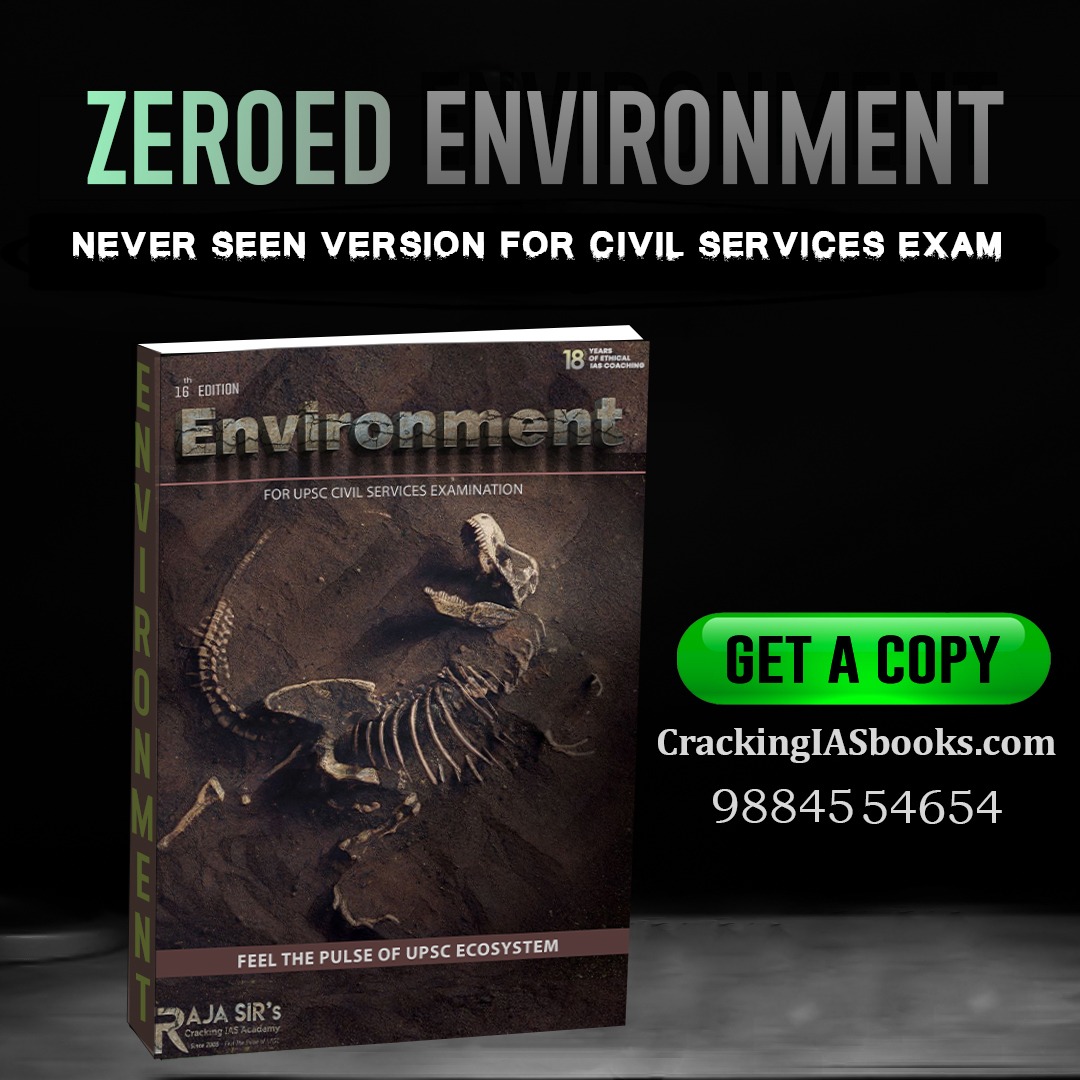- Home
- Prelims
- Mains
- Current Affairs
- Study Materials
- Test Series
 EDITORIALS & ARTICLES
EDITORIALS & ARTICLES
What is a twister? Why are the majority of twisters observed in areas around the Gulf of Mexico? (Answer in 250 words) 15 Marks. (UPSC IAS Mains 2024 General Studies Paper – 1)
A twister is an informal term for a tornado, a rapidly rotating column of air that extends from a thunderstorm to the ground, often visible as a funnel-shaped cloud. Tornadoes are among the most destructive weather phenomena, capable of causing significant damage due to their intense winds, which can reach speeds of over 300 miles per hour (480 km/h).
Formation of Twisters:
- Twisters typically form in supercell thunderstorms, which are characterized by a rotating updraft (mesocyclone).
- They require a specific set of atmospheric conditions, including instability, moisture, and wind shear (change in wind speed or direction with height).
Characteristics of twisters:
- Twisters can have wind speeds from 65 mph to over 300 mph in the most extreme cases. They can be a few meters to over a mile wide and can travel several miles before dissipating.
- Funnel Cloud: The characteristic funnel cloud forms as the rotating column of air tightens and accelerates, touching the ground in the most destructive cases.
- Lifespan and Scale: Most twisters last for a few minutes, but some can persist for an hour or more.
Reasons behind twisters being more common in Gulf of Mexico:
- Warm, Moist Air from the Gulf: The Gulf of Mexico provides a continuous supply of warm, moist air that feeds into the lower atmosphere. This warm air mass is essential for the development of thunderstorms, which are precursors to tornadoes.
- Cold, Dry Air from the Rockies: In the central United States, particularly in areas around the Gulf, cold, dry air from the Rocky Mountains or Canada can clash with warm, moist air from the Gulf of Mexico. This sharp temperature difference creates strong instability in the atmosphere, leading to severe thunderstorms, which often give rise to tornadoes.
- Jet Stream Positioning: The jet stream, a fast-moving air current in the upper atmosphere, often dips southward over this region. This helps to enhance wind shear, which is crucial for tornado formation.
- Favourable Geography: The flat terrain of the region allows for air masses to collide without obstruction, increasing the likelihood of severe weather. Areas in the central U.S., particularly in the region known as Tornado Alley, which includes parts of Texas, Oklahoma, Kansas, and surrounding states, are particularly prone to twisters.
- Wind Shear: Strong winds at varying altitudes and directions (wind shear) in the Gulf of Mexico region contribute to the development of rotating thunderstorms (supercells). Tornadoes often form from these supercells as rotating air columns are stretched and intensified by updrafts.
While tornadoes can occur in many parts of the world, the unique combination of geographical and meteorological factors in the Gulf of Mexico region makes it particularly prone to these powerful and often destructive weather phenomena.










 Latest News
Latest News General Studies
General Studies